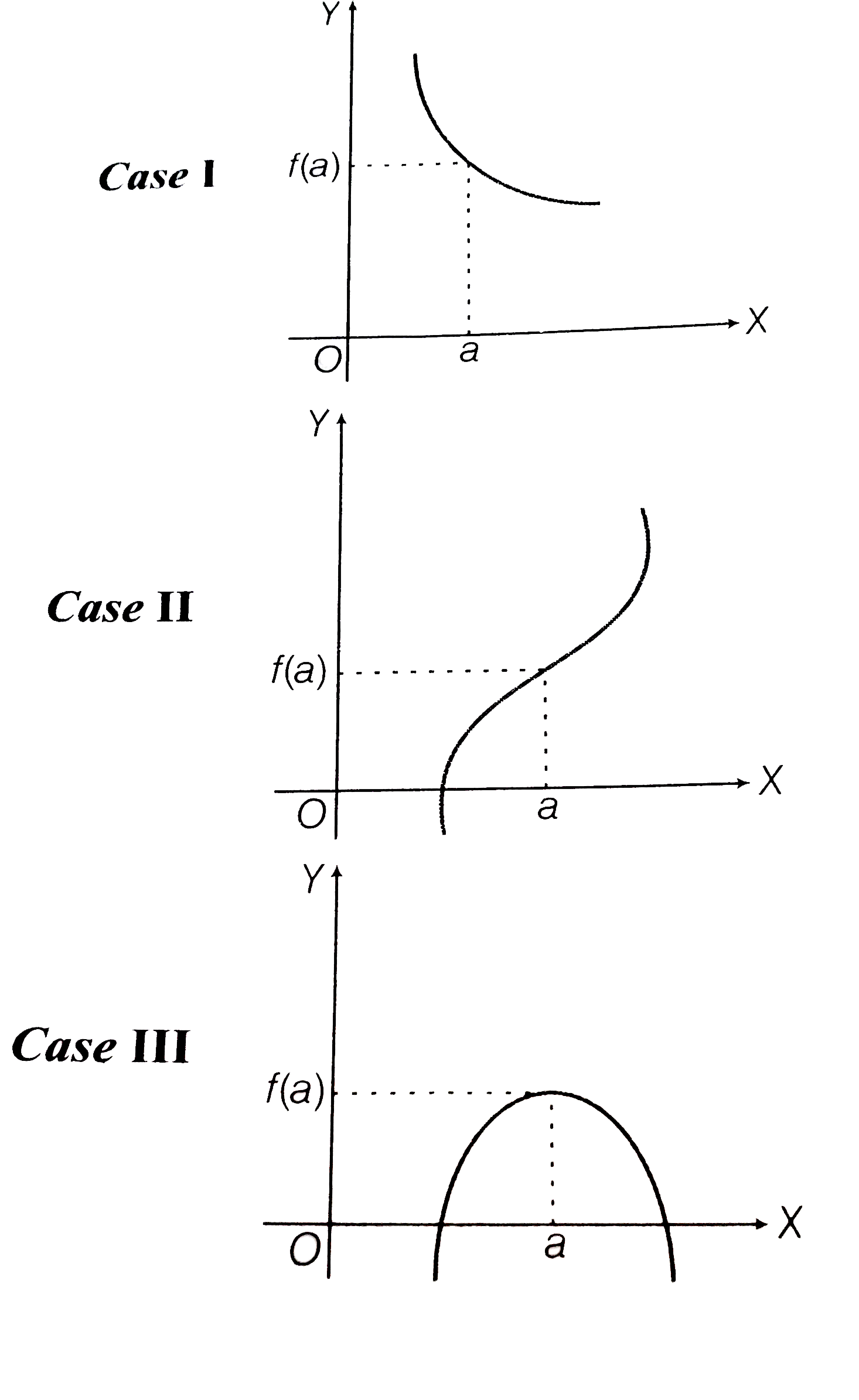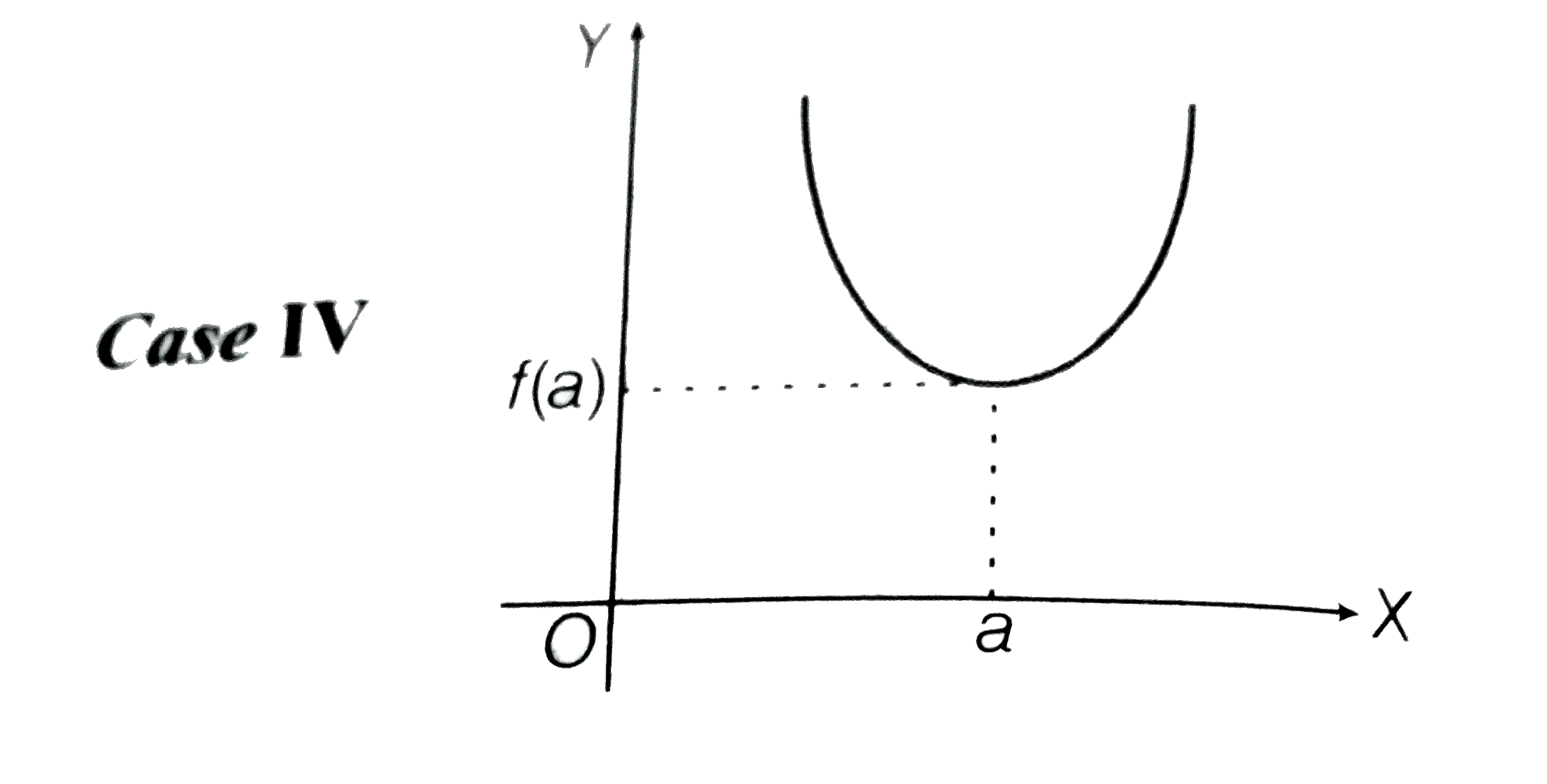If f(x)=0 is a quadratic equation such that f(−π)=f(π)=0 and f(π2)=−3π24, then limx→−πf(x)sin(sinx) is equal to Solution in Punjabi
0
π
2π
None of these
The correct Answer is:C
Step by step video, text & image solution for If f(x)=0 is a quadratic equation such that f(-pi)=f(pi)=0 and f(pi/2)=-(3pi^2)/4, then lim_(x->-pi)(f(x))/("sin"(sinx) is equal to by Maths experts to help you in doubts & scoring excellent marks in Class 12 exams.
Topper's Solved these Questions
- BOOK - ARIHANT MATHSCHAPTER - LIMITSEXERCISE - Exercise (More Than One Correct Option Type Questions)15videos
LIMITS
- BOOK - ARIHANT MATHSCHAPTER - LIMITSEXERCISE - Exercise (Passage Based Questions)10videos
LIMITS
- BOOK - ARIHANT MATHSCHAPTER - LIMITSEXERCISE - SOLVED EXAMPLES1videos
LIMITS
- BOOK - ARIHANT MATHSCHAPTER - INVERSE TRIGONOMETRIC FUNCTIONSEXERCISE - Exercise (Questions Asked In Previous 13 Years Exam)8videos
INVERSE TRIGONOMETRIC FUNCTIONS
- BOOK - ARIHANT MATHSCHAPTER - LOGARITHM AND THEIR PROPERTIESEXERCISE - Exercise (Questions Asked In Previous 13 Years Exam)4videos
LOGARITHM AND THEIR PROPERTIES
Similar Questions
If limx→∞4x(π4−tan−1(x+1x+2))=y2+4y+5 then y can be equal to
07:55View SolutionIf limx→af(x)=1 and limx→ag(x)=∞ then limx→a{f(x)}g(x)=elimx→a(f(x)−1)g(x)
limx→0(sinxx)sinxx−sinx is equal to07:55View SolutionTo evaluate limx→a[f(x)], we must analyse the f(x) in right hand neighbourhood as well as in left hand neighbourhood of x=a. E.g. In case of continuous function, we may come across followign cases.


Iff(a) is an integer, the limit will exist in Case III and Case IV but not in Case I and Case II. If f(a) is not an integer, the limit exists in all the cases. ltbgt If f'(1)=−3 and limx→1[f(x)−12] does not exist, (where [.] denotes the greatest integer function), then07:59View SolutionIf α=3sin−1(611andβ=3cos−1(49), where the inverse trigonometric functions take only the principal values, then the correct options (s) is (are)
05:22View SolutionIn Which quadrant Point (−2,−3) will be lie.
03:44View SolutionIf f(x)=0 be a quadratic equation such that f(−π)=f(π)=0 and f(π2)=−3π24,then limx→πf(x)sin(sinx) is equal to:
04:37View SolutionIf f(x)=0 be a quadratic equation such that f(-pi)=f(pi)=0 and f((pi)/(2))=(-3 pi^(2))/(4), then lim_(x rarr pi)(f(x))/(sin(sin x)) is equal to:
02:59View SolutionIf f(x)=0 is a quadratic equation such that f(−π)=f(π)=0 and f(π2)=−3π24, then limx→−πf(x)sin(sinx) is equal to (a)0 (b) π (c) 2π (d) none of these
03:03View SolutionIf f(x) is twice differentiable in x in[0,pi] such that f(0)=f(pi)=0 and int_(0)^((pi)/(2))(f(2x)+f'(2x))sin x cos xdx=k pi ,then k is
03:22View SolutionIf f(pi)=2 and int_(0)^( pi)(f(x)+f'(x))sin xdx=5 then f(0) is equal to
03:48View SolutionIf f(π)=2 and ∫π0(f(x)+f''(x))sinxdx=5, then f(0) is equal to ( it is given that f(x) is continuous in [0,π])
04:13View Solutionसिद्ध कीजिए कि :
∫π/20f(x)f(x)+f(π2−x)=π4.02:36View SolutionStatement - I : for f(x)=sinx,f'(π)=f'(3π)
Statement - II : for f(x)=sinx,f(π)=f(3π)05:10View SolutionStatement -I : f(x) = sin x then f' (π) = f' (3π)
Statement - (ii) : f(x) = sin x then f (π) = f (3π)04:16View SolutionIf f(x)=√1−sin2x , then f′(x) is equal to
(a)−(cosx+sinx),for x∈(π4,π2)
(b)cosx+sinx ,for x∈(0,π4)
(c)−(cosx+sinx),for x∈(0,π4)
(d)cosx−sinx ,for x∈(π4,π2)06:52View SolutionIf f(π)=2∫π0(f(x)+fx)sinxdx=5, then f(0) is equal to (it is given that f(x) is continuous in [0,π]). (a) 7 (b) 3 (c) 5 (d) 1
06:09View Solution

